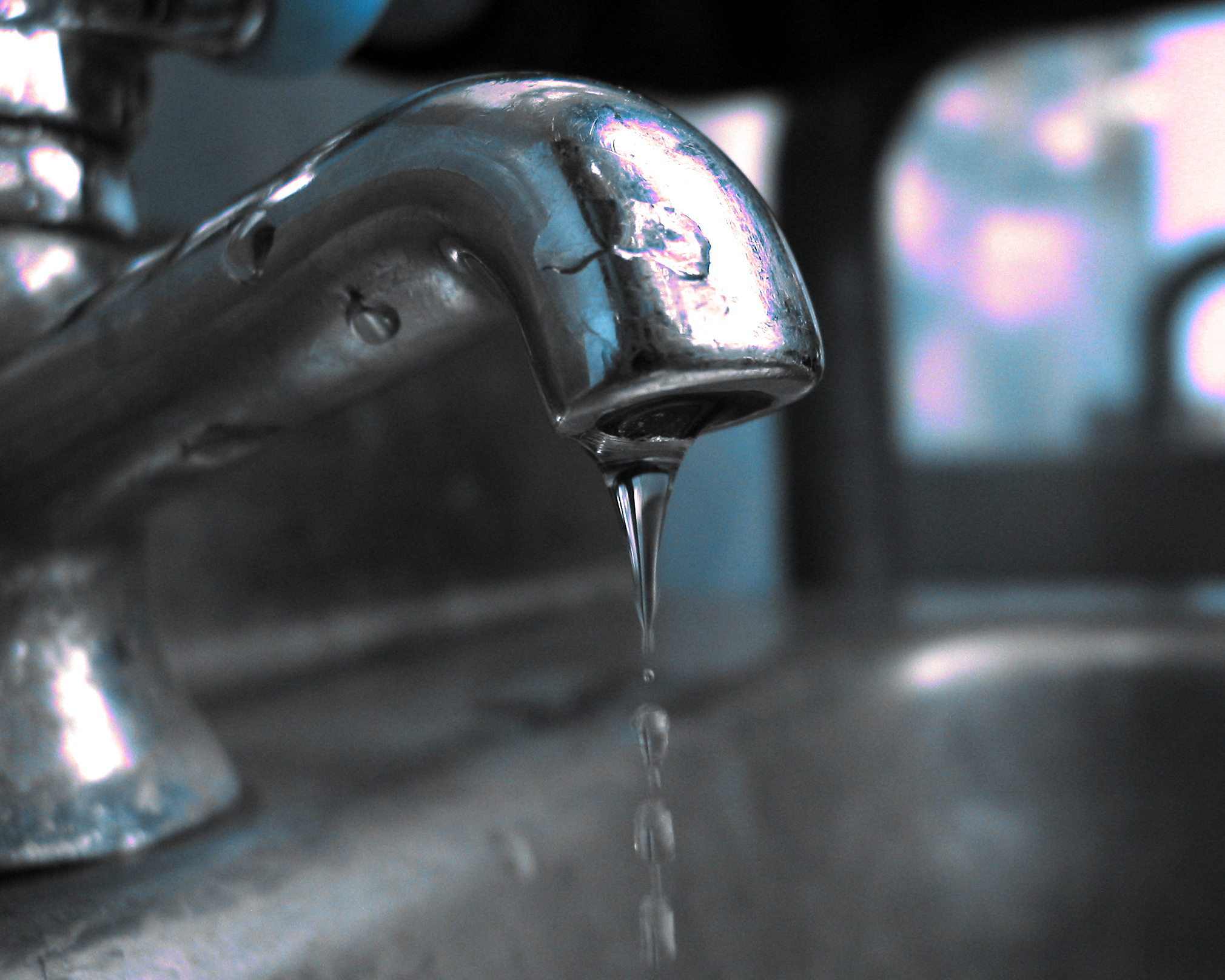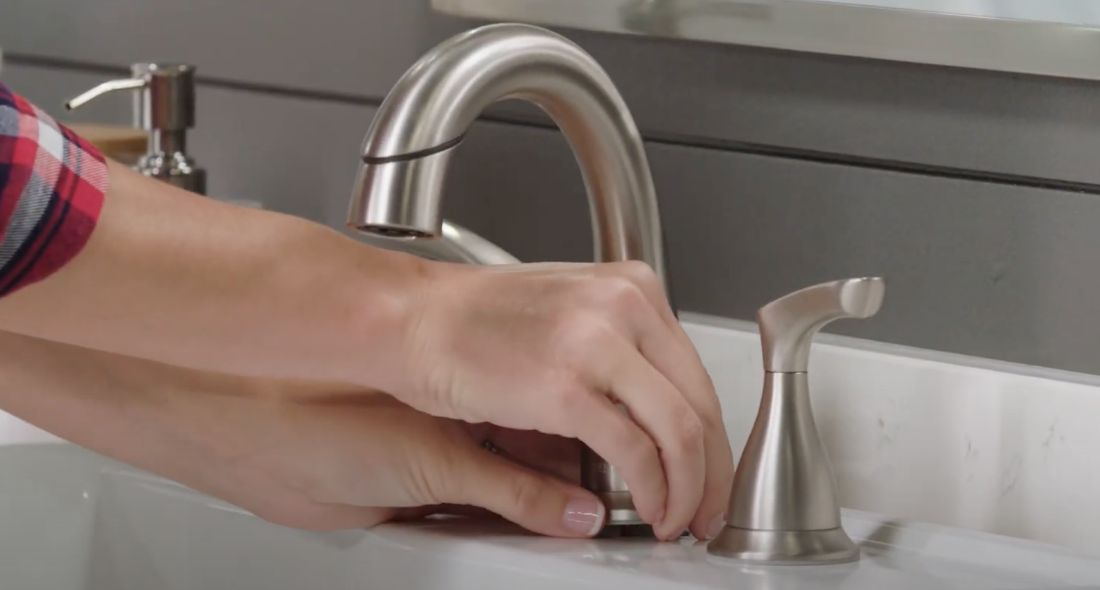Your Motives Behind Resolving a Dripping Faucet
Your Motives Behind Resolving a Dripping Faucet
Blog Article
This article down below pertaining to Water Dripping from Faucet: Why and How to Fix is relatively motivating. You should read it.

Trickling faucets might look like a minor inconvenience, however their impact exceeds just the nuisance of the noise. From drainage to sustaining unnecessary economic costs and wellness dangers, overlooking a dripping faucet can lead to numerous consequences. In this write-up, we'll delve into why it's crucial to address this usual household issue immediately and effectively.
Wastage of Water
Environmental Influence
Trickling faucets add dramatically to water wastefulness. According to the Environmental Protection Agency (EPA), a solitary tap dripping at one drip per secondly can waste greater than 3,000 gallons of water each year. This not only strains water resources but additionally impacts environments and wildlife depending on them.
Financial Expenses
Increased Water Expenses
Past the environmental impact, dripping taps can inflate water costs considerably. The gathered waste over time translates into greater energy expenditures, which might have been prevented with timely fixings.
Prospective Residential Property Damages
Moreover, extended trickling can lead to harm to components and surface areas bordering the tap. Water build-up can create staining, rust, and even structural problems if left neglected, leading to additional repair work expenses.
Health and wellness Problems
Mold And Mildew and Mold Growth
The continuous visibility of moisture from a dripping faucet produces a perfect atmosphere for mold and mildew and mold development. These fungis not just compromise indoor air quality yet likewise pose wellness threats, specifically for people with breathing conditions or allergies.
Waterborne Diseases
Stagnant water in trickling taps can end up being a breeding ground for microorganisms and other virus, enhancing the threat of waterborne illness. Impurities such as Legionella germs thrive in stationary water, possibly resulting in serious ailments when consumed or inhaled.
Do it yourself vs. Expert Repair
Advantages and disadvantages of Do It Yourself Repair
While some might attempt to deal with a leaking tap themselves, do it yourself fixings come with their very own collection of difficulties. Without appropriate expertise and devices, do it yourself attempts can exacerbate the concern or cause incomplete repairs, lengthening the issue.
Benefits of Working With a Specialist Plumber
Employing a professional plumber makes certain that the underlying reason for the leaking faucet is attended to successfully. Plumbers possess the knowledge and equipment to diagnose and fix faucet problems efficiently, saving time and lessening the danger of more damages.
Step-by-Step Guide to Repairing a Dripping Tap
Devices Called for
Prior to attempting to take care of a dripping faucet, collect the required devices, consisting of a flexible wrench, screwdrivers, replacement components (such as washing machines or cartridges), and plumber's tape.
Common Tap Issues and Their Solutions
Identify the sort of tap and the particular problem triggering the drip. Typical troubles consist of damaged washers, rusty valve seats, or damaged O-rings. Refer to manufacturer directions or on-line tutorials for step-by-step advice on repair services.
Preventive Measures
Routine Maintenance Tips
To avoid trickling faucets, do regular maintenance such as cleansing aerators, evaluating for leaks, and replacing worn-out components quickly. Furthermore, take into consideration mounting water-saving devices or upgrading to much more effective fixtures.
Value of Prompt Services
Resolving dripping taps as quickly as they're observed protects against more water wastefulness and possible damages, eventually saving both water and money in the long run.
Influence On Residential Property Value
Perception of Well-Maintained Home
Maintaining a residential or commercial property in good condition, including dealing with maintenance problems like dripping faucets, boosts its regarded worth and worth among possible buyers or lessees.
Influence on Resale Worth
Features with well-kept plumbing fixtures, consisting of taps, command greater resale worths in the real estate market. Dealing with leaking faucets can contribute to a positive impression during residential property examinations and arrangements.
Ecological Duty
Private Contribution to Conservation
Taking obligation for dealing with leaking taps aligns with more comprehensive efforts towards water conservation and ecological sustainability. Every person's actions collectively make a significant impact on maintaining valuable sources.
Sustainable Living Practices
By prioritizing punctual fixings and embracing water-saving habits, people contribute to lasting living practices that benefit both present and future generations.
Conclusion
Attending to a trickling tap exceeds plain benefit; it's an important action towards conserving water, minimizing economic costs, and protecting wellness and home. Whether with do it yourself fixings or professional assistance, taking action to fix dripping taps is a little yet impactful way to promote responsible stewardship of sources and add to a much healthier, a lot more lasting future.
How to Fix a Dripping or Leaky Faucet
A leaking faucet is one of the most common problems that homeowners encounter, but it being commonplace doesn’t make it any less annoying. The constant drip drip drip of a leaking bathtub faucet, showerhead, or sink tap can disturb your home’s serenity. Left neglected, a dripping faucet can also result in higher water bills and discoloration or mold growth in your sink or plumbing fixtures.
Fortunately, you don’t have to be a trained plumber to know how to stop a dripping faucet. With some basic tools, replacement parts, and a little patience, leaky faucet repair is a breeze. In this article, we’ll explain what causes dripping faucets and how you can fix them.
What Causes a Leaking Faucet?
Kitchen and bathroom faucets come in all manner of designs, but most involve some combination of valves, O-rings, seals, and washers. The O-ring is usually the weakest link, but any one of these pieces can wear down over time. Heat, moisture, temperature fluctuations, minerals, mold, and movement can contribute to warping and corrosion, breaking the watertight seal. This just comes with the territory of being a homeowner. Everything is always subject to wear and tear, and some component parts of your appliances and fixtures need to be replaced on occasion. At least replacement O-rings are cheap!
More rarely, dripping faucets can be a symptom of excessively high water pressure. Were this the case in your home, you would probably notice that the leak is not isolated to one faucet. Water pressure issues are harder to resolve on your own. We recommend contacting a professional plumber if you suspect your water pressure is too high.
How to Fix a Dripping Faucet
Pipe wrench or monkey wrench Allen wrench set Screwdrivers Old towel or rag Shut off the water.
Before you do anything, you need to turn off the water to keep from drenching your kitchen or bathroom. You should find a valve under the sink and against the wall. Once you’ve turned this valve, try turning the faucet on to confirm that the water source has been cut off.
If you can’t locate your local valve for the faucet you’re working on, you can always shut off the water to the house at the main valve. Of course, this will prohibit anyone from using the sinks, showers, or toilets while you’re working on the faucet that’s giving you trouble.
Plug or block the drain.
You’ll be disassembling the faucet and removing some small bits of hardware. Plug the drain with a stopper or rag to avoid the possibility of a small screw falling into your P-trap.
Take apart the faucet assembly.
There are several varieties of kitchen and bathroom faucets, each with its own manner of assembly. For detailed instructions on how to disassemble your faucet, you can refer to the fixture’s manual or contact the manufacturer. If you know whether you have a ball, disc, cartridge, or compression faucet, you can find detailed schematics online.
In general, you need to begin by removing the faucet handles. You might notice a small screw that you’ll need to remove with a screwdriver or Allen wrench. If you don’t see any visible securing hardware, it’s likely hidden under a decorative cap that can be unscrewed or popped off with flathead screwdriver.
Remove each piece methodically, consulting a schematic when necessary. Take notes or arrange the pieces in such a way to make it easier to correctly reassemble the faucet later.
Remove the cartridge.
Once you’ve removed the handles and securing hardware, you should be able to remove the valve cartridge or stem. Some cartridges will slide right out. Other faucet models will require you to loosen a nut with a pipe wrench before you can remove the valve stem.
Examine the exposed hardware.
With the cartridge or stem removed, inspect the component parts. Check the rubber O-rings for wear and tear. Also examine the seat washer for corrosion or other damage. These pieces are usually the responsible parties for a dripping faucet, but it’s worth inspecting the other component parts while you have the faucet disassembled.
Find replacement parts.
Once you’ve identified which faucet component has failed, find an identical replacement. Your local hardware store should have O-rings, seat washers, and other standard components in stock. If you have a luxury or uncommon faucet, you may have to contact the manufacturer for a replacement part.
It’s a good idea to take your old parts with you to the hardware store so you can compare them with the store’s inventory and be sure you’re purchasing the correct replacement.
Reassemble the faucet.
With your new parts in hand, reconstruct the faucet and handles. Don’t be tempted to overtighten screws or nuts. You might think this could create a better seal, but it can instead damage or bend a delicate part of the assembly and create a new problem for you.
Turn on the water and test the faucet.
The only thing left to do is test your work. Unplug the sink, turn the water back on, and try the faucet. Congratulate yourself on a job well done!
https://www.libertyhomeguard.com/how-to-fix-a-dripping-or-leaky-faucet/

Do you appreciate more info about What Causes Leaky Faucets & How To Fix Them? Try leaving feedback directly below. We will be happy to know your thinking about this content. Hoping that you come back again in the near future. Sharing is nice. Helping people is fun. I cherish reading our article about 4 Common Reasons for a Leaky Faucet.
Report this page